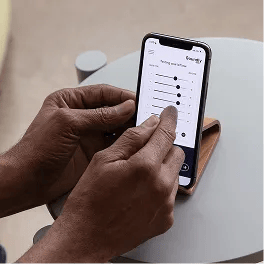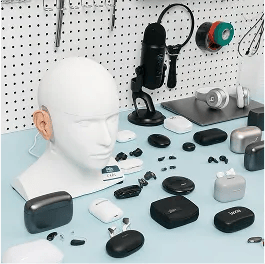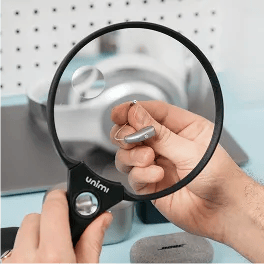I recently wore Sam's Club's Lucid hearing aids for two weeks, and here's what surprised me most: they sound quite different from other hearing aids I've tested.
More wide open sound. Almost like the world just turned up the volume without adding much processing on top. Of course, I also tried Sam’s Club’s hearing test and sat down for a full consultation.
The price range is wide—$1,600 to $4,949. At the entry point, you're getting a solid deal for prescription hearing aids. At the top? You're paying private practice prices.
In this guide I’ll break down my experience along with everything you need to know.
Prefer to watch? Check out our video guide below!
How the Sam's Club System Works
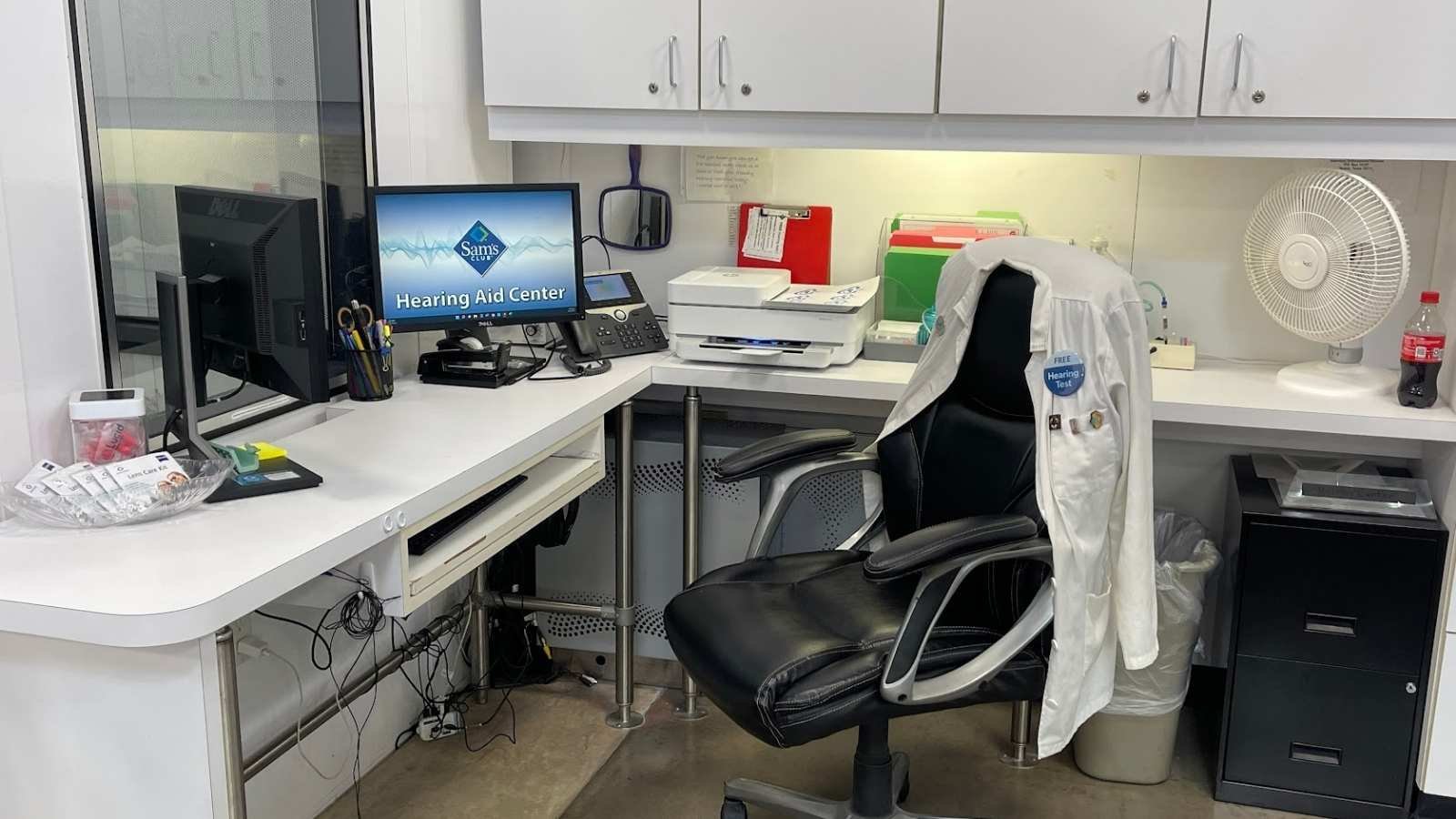
Nearly 500 Sam's Club locations have hearing centers tucked inside. They're run by Lucid Hearing, a third-party company that handles everything from testing to fitting.
In addition to operating the in-store hearing centers, Lucid also manufactures the hearing aids sold at Sam’s Club, effectively making Lucid Hearing the retailer’s in-house brand.
Lucid also offers an over-the-counter hearing aid that remains relatively unknown, meaning 90%+ of Lucid users purchase their devices through Sam’s Club. In other words, buying Lucid is essentially buying Sam’s Club’s hearing solution.
What To Expect at Your Appointment
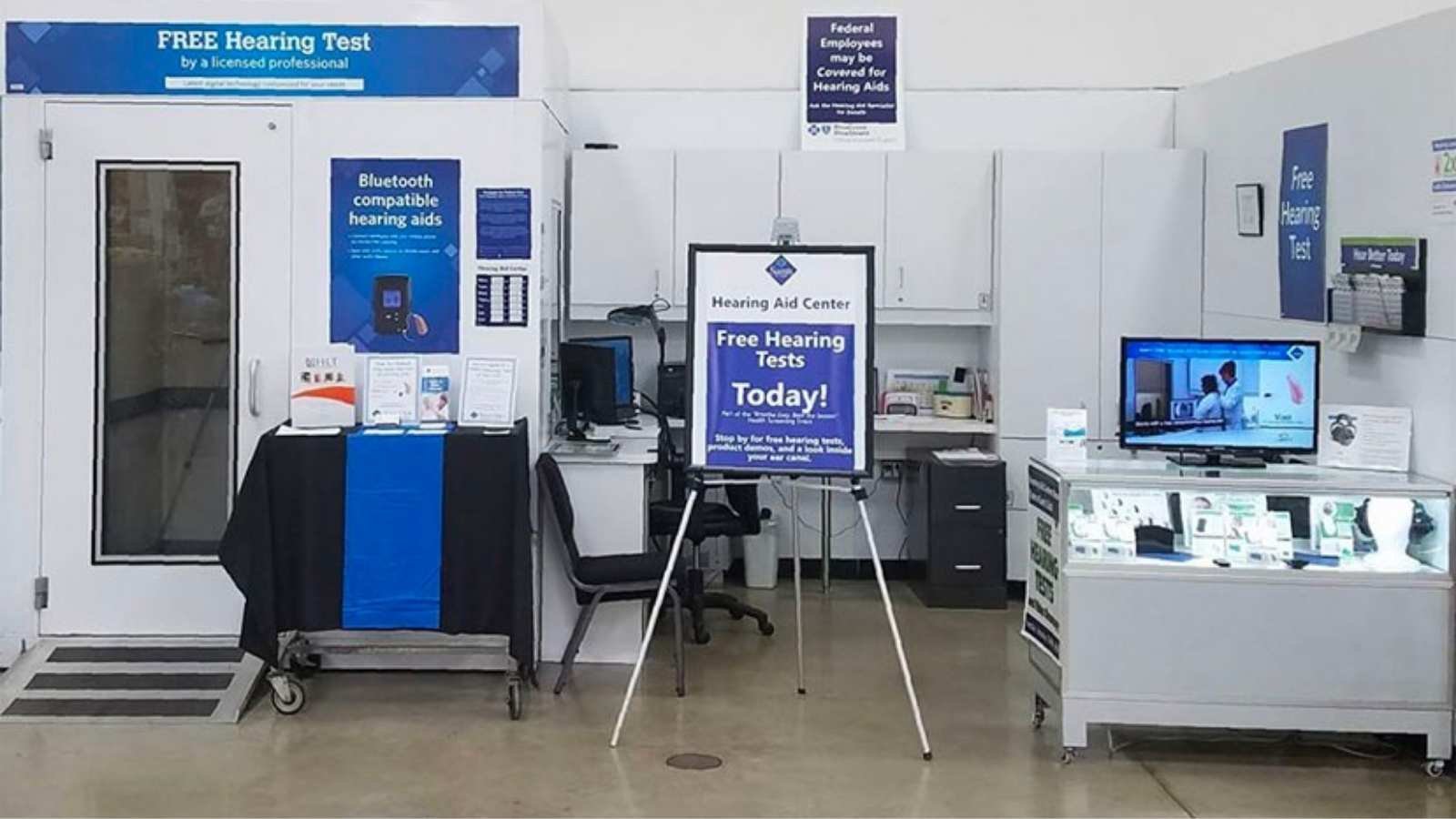
Getting Scheduled
The hearing test is free, no membership required. Schedule online here or walk in if you're feeling spontaneous (though an appointment helps avoid the wait).
The Test Itself
You'll sit in a sound booth while a hearing instrument specialist runs standard audiometry tests. Pure tones, bone conduction, visual inspection of your ear canal.
I've taken hearing tests at private practices, Costco, and a lot of retail locations. This was comparable. Professional equipment, thorough testing, printed audiogram at the end.
The Consultation
After the test, the specialist walks you through your results. They'll show you where you're missing sound, explain what you're probably struggling to hear, and talk about how hearing aids could help.
Choosing Your Device
This is where you pick your technology level (they organize by "channels"—we'll get to what that actually means), decide if you want rechargeable or disposable batteries, and choose iPhone or Android.
That last one? More important than it sounds. These devices are manufactured for your specific phone type. If you're using an iPhone today but switch to Android in a year, your Bluetooth streaming will no longer work. You'd need different hearing aids.
Pricing and Technology Levels
Lucid organizes their hearing aids by "channels."
Here's what channels actually mean: it's how precisely your hearing professional can fine-tune different frequencies. More channels = more control over your sound.
What channels don’t tell you is whether the device has AI processing, how well it handles background noise, or how sophisticated the sound management is.
The Lineup
- $1,600 per pair – Entry level, charger included. This is quite competitive for prescription hearing aids.
- $1,800 per pair – Mid-level with more programming flexibility.
- $3,300 per pair – Higher mid-level option.
- $4,949 per pair – Top tier with 128 channels. Add another $250 for rechargeable. At this price, you're not getting a big discount compared to a local clinic.
What You Get at Every Level
All Lucid hearing aids come with a 3-year warranty. Something breaks in the first three years? Bring them back for repair or replacement.
You also get lifetime cleanings and follow-up appointments. Even after the warranty expires, you can come back for adjustments or troubleshooting. That's a nice perk if you already shop at Sam's Club.
Oh, and all levels have Bluetooth streaming—but remember, iPhone or Android, not both.
How This Stacks Up
Quick context: over-the-counter hearing aids like Sennheiser All Day Clear run about $1,000. Costco typically starts around $1,800. A private practice might charge you $3,000 to $5,000.
So Sam's Club is budget-friendly at the low end and right in line with everyone else at the high end.
How Do Sam’s Club (Lucid) Hearing Aids Sound?
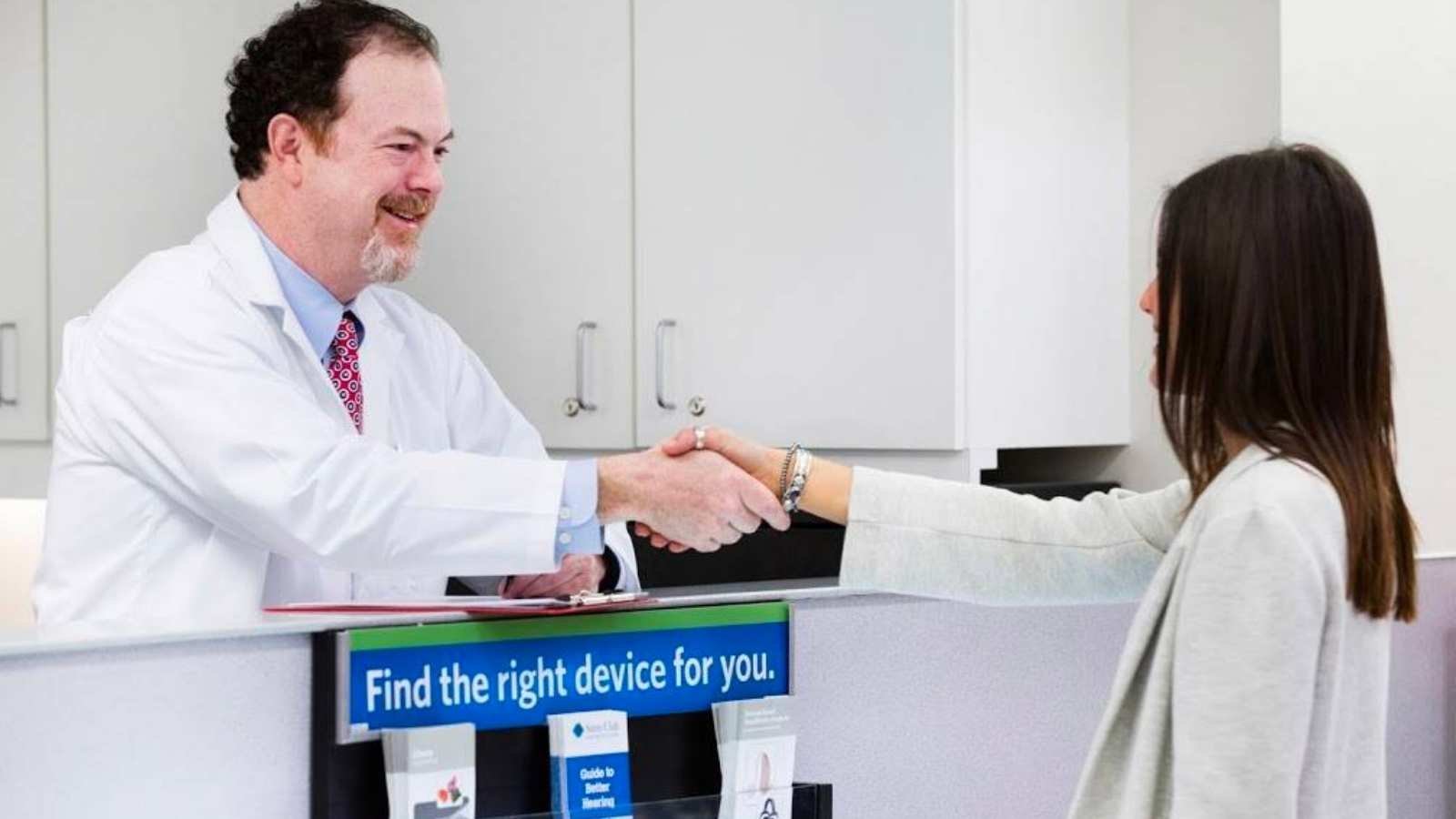
When I first put these in, I immediately thought: "Wait, these sound different."
The world felt more open. Less managed. They sounded like other hearing aids when placed in “music mode” with less filtered sound and more of everything.
Many hearing aids I've tested have automatic and noise modes, where the device processes and manages what you hear. Then there's often a music mode, where everything opens up and more sound comes through unfiltered.
With the Lucid hearing aids, even in automatic mode, I felt like I was in music mode.
Why They Sound This Way
I asked the Sam’s Club hearing specialist about it, and she explained: this is intentional.
Lucid hearing aids do significantly less sound processing than other brands on the market. Other manufacturers—Sennheiser, Signia, ReSound—are actively working to pick out voices and bring them forward. They're managing sudden sounds, filtering background noise, sometimes using AI to separate speech from everything else.
Lucid takes a different approach. They're letting more sound in and adding volume where you need it, but they're not doing as much filtering or managing.
It's more analog. More true-to-form in some ways.
The Adjustment Period
It took me longer to get used to these than other hearing aids I've worn.
But over two weeks, I adapted. I got comfortable with that wide-open sound. And I started to understand why some people would prefer this.
Not everyone wants a lot of sound processing. They'd rather hear the world in a more open way, even if that means less noise management.
What This Actually Means
These aren't the most advanced hearing aids you can buy. They don't have real-time AI. They're not doing as much to manage sudden sounds or background noise.
But some people don't want all that. They want straightforward amplification without a lot of digital filtering.
If that's you, these could work really well.
Who This Sound Works For
You might like these if:
- Heavy processing in other hearing aids feels unnatural to you
- You're mostly in quieter environments
- You want to hear the world more directly
- Straightforward amplification sounds better than complex noise management
Who Needs Something Else
You probably want more processing if:
- You spend a lot of time in restaurants or noisy places
- Background noise is a major struggle for you
- You want the latest speech separation technology
- You need maximum help picking out conversations in tough environments
The Smartphone App
The Lucid app has some great features.
You can adjust volume for each ear independently or move both at once. You can switch between programs—I had a "Noisy" setting my specialist configured, plus Music and Automatic modes.
There's an Audio EQ where you can tweak bass, mids, highs, and treble individually.
The streaming mix feature lets you balance what you're listening to (music, podcasts) against the outside world. Full streaming mode blocks everything out. Dial it back to stay aware of your surroundings.
The most interesting feature is Lucid Shape—this visual interface where you grab lines and move them to change your amplification in real time. I could hear the changes immediately. Fun to experiment with, though you'll want your specialist handling major adjustments.
The app makes you unlock features before changing anything, then lock them again. Not as "smart" as AI apps, but it gives you solid manual control.
Where Sam's Club Fits In The Hearing Health Landscape
What Works
- The free testing is great. No membership required. Professional audiometry. If you just want to understand your hearing loss, this is a no-risk starting point.
- Entry-level pricing is competitive. $1,600 for prescription hearing aids with a 3-year warranty and lifetime support? That's a decent deal.
- Follow-up care is convenient. Already shopping at Sam's Club? Get your hearing aids cleaned while you're there.
What Doesn't
- Premium pricing isn't a bargain. At $4,949, you're paying what everyone else charges. At that price, you should be exploring all your options—including brands with more advanced technology.
- The technology is limited. No real-time AI. Less sophisticated noise management. The sound philosophy is different—not worse, just different—but you should know what you're getting.
- One brand only. You can't compare Lucid to other manufacturers like you can at Costco. You're working within one company's approach to hearing aids.
- You need a membership. $45 a year to purchase (though testing is free).
Quick Decision Guide
Go with Sam's Club if:
- You're already a member
- Entry-level prescription options appeal to you
- You like less-processed, more open sound
- Convenient follow-up (while you shop)
Look elsewhere if:
- You want to compare brands
- You want the lowest price → OTC options (~$1,000)
- You need cutting-edge AI → Phonak Sphere Infinio or ReSound Vivia
- You're spending $5K and want all the bells and whistles → private practice
Bottom Line
Sam's Club offers solid technology that could help a lot of people hear better. The sound philosophy is different—more open, less filtered—and some people prefer that.
The entry-level pricing is competitive. The free testing is valuable. The lifetime follow-up care is convenient if you're already shopping there.
Just understand what you're getting at each price point. The budget option is a good deal. The premium option is market rate.
If you want straightforward amplification with professional support at accessible entry-level prices, these could work for you.
Next Steps
Interested in Sam's Club? Schedule a free hearing test.
Still researching? Take our 5-minute hearing test to understand your hearing loss and see all your options.
Questions? Email [email protected] or call (833) 768-6359. We help people figure this out every day.



.png)
